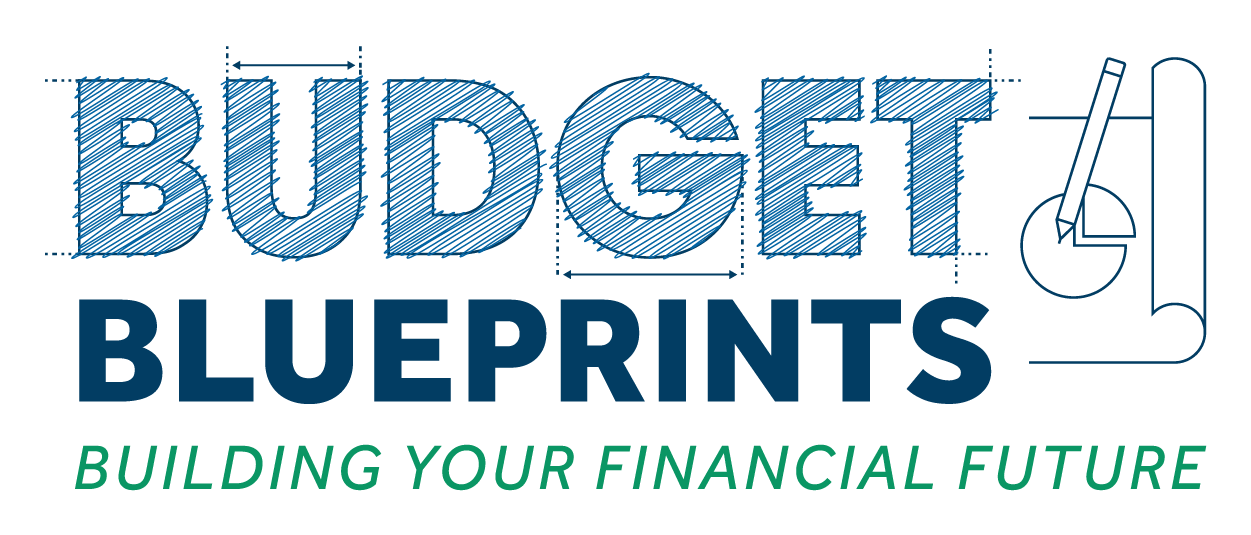{Read the first part of this series 13 Way to Go Back to School on a Budget here!}
Are you looking at your school supplies list and cringing at the mere thought of budgeting for back to school? Have no fear! Snag your copy of our Back to School Budget Worksheet and follow along step by step below!
Step one
Make a list of school supplies. It can be SUPER overwhelming to make sure you get everything on your shopping list! Start with our shopping categories below to help guide this process.
Start with Clothing: Focus on items that MUST be bought. This could be a few staple outfits and fresh socks and underwear. Think about items that are worn (like gym shoes) or that have been outgrown (like winter coats.)
Next, consider items your child wants to have. Did your daughter walk by a sparkly dress earlier in the week? How about a super cool Nike jacket for your teen? If it fits in the budget, consider planning ahead for something they want. This avoids the usual “I want, I want, I want” that can derail your budget while out and about.
Finally, don’t forget clothing for special occasions. Think about their activities. Does your child need a bow tie for the orchestra concert? Or do you need to rent a dance uniform? Don’t forget these sneaky clothing items!
Supplies: Think of supplies the same way you made a list for clothing. Start with the basic needs: notebooks, pencils, binders, etc. Grab that teacher supply list and start there. Next, think about supply upgrades. This might be a new lunchbox or backpack. You can also add any wants your child may be asking for in this category.
School Fees: These fees usually come at enrollment. Think about buying these in advance: your child’s yearbook, activity fees, or lunch account money.
Activities: In this category, record anything your little athlete or club member might need. Consider team uniform and T-shirt costs, a new baseball bat, paint and canvases for art club, etc.
Step two
Once you have determined all clothing, supplies, and fees for your child, estimate how much you plan to spend in each category. If you are shopping for more than one child, you may have multiple line items in that category. Don’t forget to check prices across all stores and buy in bulk when you can. This is the most important part. Do your research so you can make your budget as close to reality as possible.
Example:
Macy’s Clothing $100 Planned
Sam’s Clothing $100 Planned

Step three
Easy peasy, add up all of your planned expenses for each category.
Step four
Once you have the planned expenses added up, ask yourself, does this total work for my wallet? If it is affordable, rock on to Target and get to shopping! If it is a little too far out of reach, make some tweaks. Can you eliminate some of the items that are “wants”? What about your planned expense number? Did you add too much margin in these numbers? Can you find the same supplies at Dollar Tree instead of Target to save some money? Also, lean on community school supply drives to cut costs if your budget is tight this year.
Step five
Grab your shiny, organized, back-to-school budget, and let’s go shopping! Keep track of your total for each category as you shop to ensure you stay on budget. Keep receipts, total how much you actually spent, and analyze how this differed from your planned amount.
Bonus: If you want to be really prepared for back to school next year, consider setting up automatic savings for this expense. Just like planning for Christmas by auto-saving, set up an automatic transfer each month for next school year based on how much you spent this year. If you feel you’ll need more supplies next year, or want to budget in more “wants,” be sure to up your savings number by the time August rolls back around. Happy school shopping! We hope that our Back to School Shopping List and Budget made this year’s shopping trip a breeze!















What do you think?